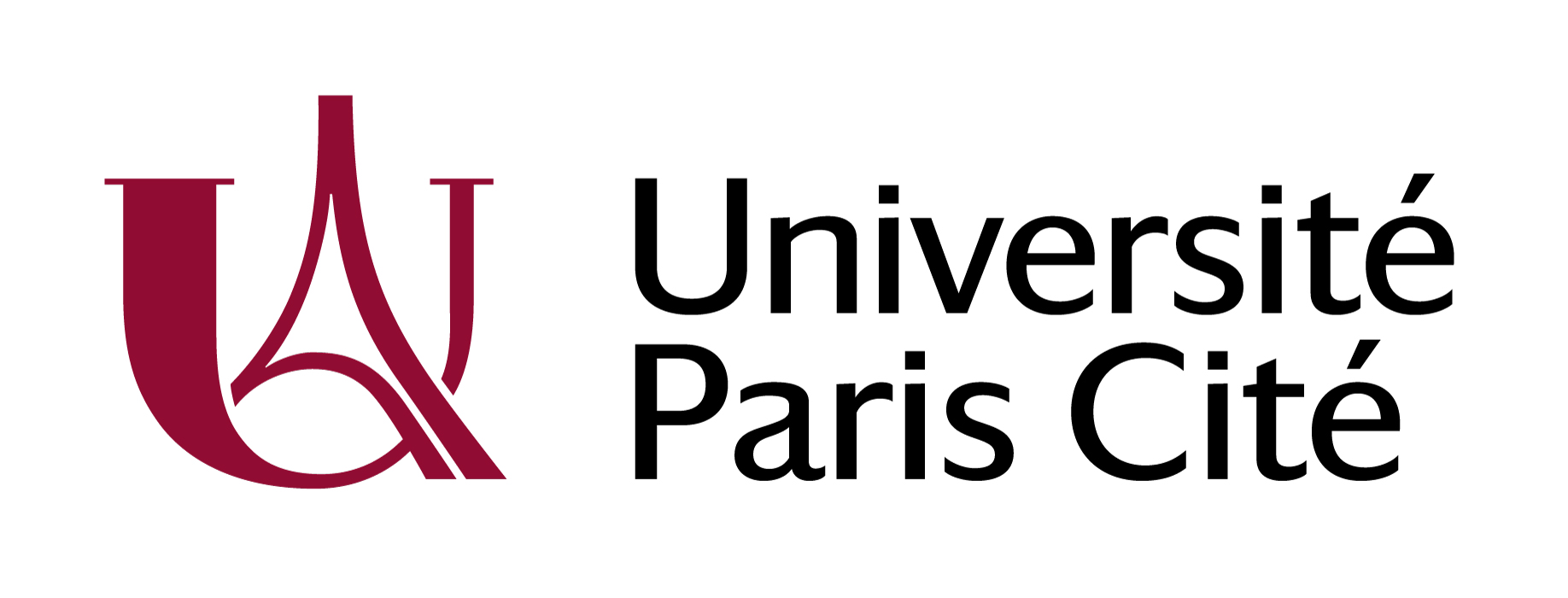The expression of motion in Russian.
Résumé
We argue that the distinctions between satellite vs. verb-framed structures and between split vs. parallel systems may not be sufficient to identify the typological profile of variable systems like Russian. In particular, we focus on Manner-and-Path conflation in verb roots, which is not embraced by Talmy’s framework (2000). There are two different types of Manner-and-Path conflation in Russian and both of them serve to express upward motion. First, such a conflation occurs in morphologically complex verbs (zabrat’sja/zabirat’sja na [derevo] ‘climb up [PF/IMP] [the tree]). Second, Manner-and-Path conflation occurs in (morphologically) simple verbs of motion that constitute a closed class of highly frequent Verbs of Motion (hereafter VoM).
Domaines
Sciences cognitives
Fichier principal
 The expression of motion in Russian Poster Iakovleva ENS Paris.pdf (92.64 Ko)
Télécharger le fichier
Proposal TatianaI Neglected aspects of motion-event descriptions ENS Paris 19 Mau 2017x.pdf (290.02 Ko)
Télécharger le fichier
The expression of motion in Russian Poster Iakovleva ENS Paris.pdf (92.64 Ko)
Télécharger le fichier
Proposal TatianaI Neglected aspects of motion-event descriptions ENS Paris 19 Mau 2017x.pdf (290.02 Ko)
Télécharger le fichier
| Origine | Fichiers produits par l'(les) auteur(s) |
|---|
